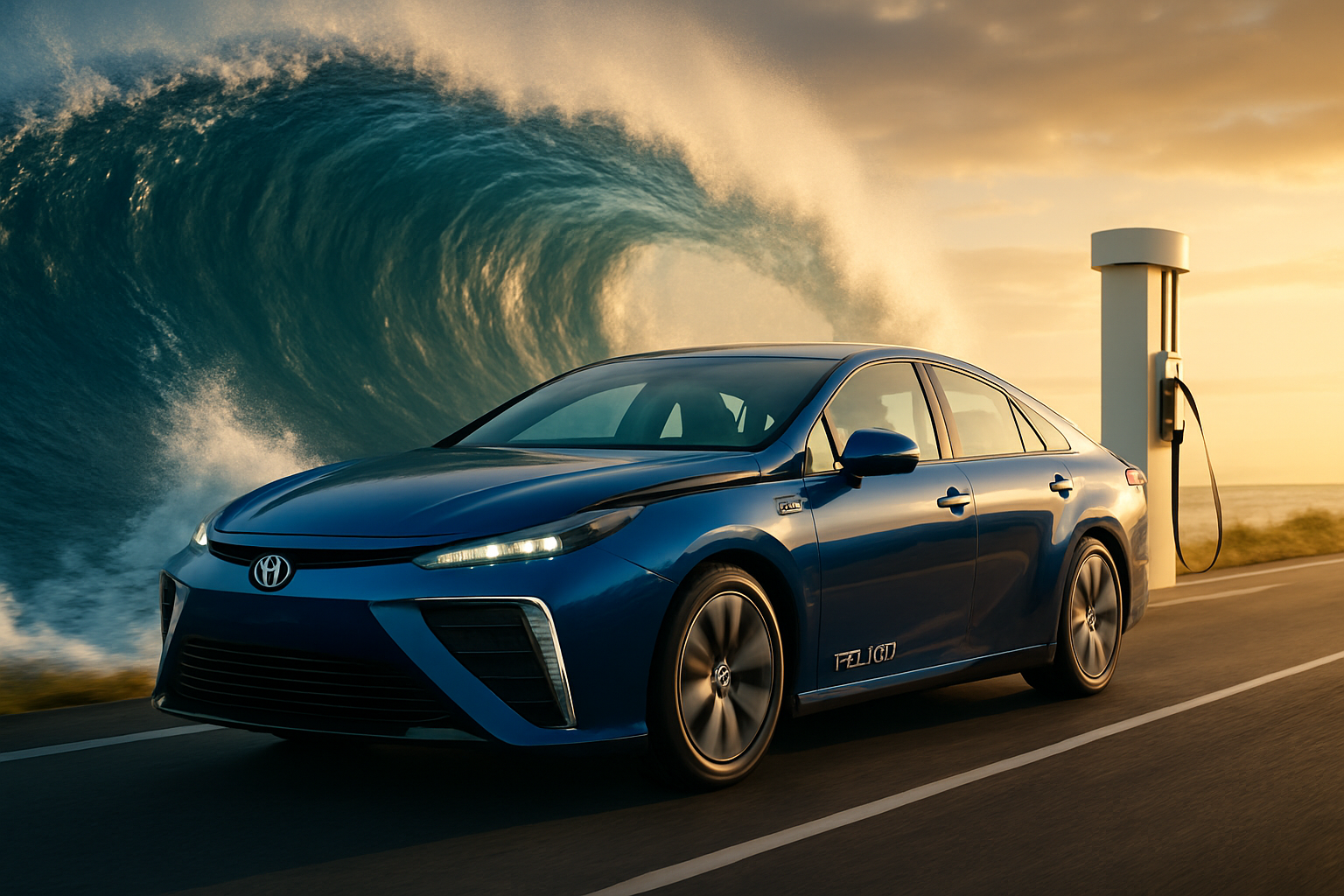Hydrogen Fuel Cell Vehicles: The Quiet Revolution in Automotive Propulsion
The automotive landscape is on the cusp of a profound transformation, with hydrogen fuel cell vehicles (FCVs) emerging as a promising alternative to traditional combustion engines. This groundbreaking technology harnesses the power of hydrogen to generate electricity, propelling vehicles with zero emissions and offering a range comparable to conventional cars. As the world grapples with environmental concerns and the need for sustainable transportation solutions, FCVs are poised to play a crucial role in reshaping our automotive future.

Infrastructure Challenges and Advancements
One of the primary hurdles facing widespread adoption of FCVs is the lack of hydrogen refueling infrastructure. However, significant strides are being made to address this challenge. Countries like Japan, Germany, and South Korea are investing heavily in hydrogen stations, with plans to expand their networks dramatically over the next decade. In the United States, California leads the charge with an ambitious initiative to construct 200 hydrogen stations by 2025. These developments are crucial for making FCVs a viable option for consumers and fleet operators alike.
Performance and Driving Experience
Contrary to popular belief, FCVs offer a driving experience that rivals, and in some aspects surpasses, that of traditional internal combustion engine vehicles. The instant torque delivery characteristic of electric motors provides impressive acceleration, while the near-silent operation offers a serene driving environment. Moreover, FCVs boast quick refueling times, typically taking just 3-5 minutes to fill up, comparable to conventional gasoline vehicles. This advantage over battery electric vehicles, which often require longer charging times, makes FCVs particularly attractive for long-distance travel and commercial applications.
Environmental Impact and Sustainability
The environmental credentials of FCVs are compelling, especially when considering the entire lifecycle of the vehicle and its fuel. While the production of hydrogen can be energy-intensive, advancements in renewable energy sources are making green hydrogen production increasingly feasible. Electrolysis powered by solar or wind energy can produce hydrogen with minimal carbon footprint. Additionally, the longevity of fuel cell stacks, which can outlast many traditional vehicle components, contributes to the overall sustainability of FCVs. As the technology matures and economies of scale come into play, the environmental benefits of FCVs are expected to become even more pronounced.
Industry Collaboration and Technological Advancements
The development of FCVs has spurred unprecedented collaboration within the automotive industry. Major manufacturers are forming alliances to share research and development costs, accelerate innovation, and establish common standards. This collective effort has led to significant advancements in fuel cell technology, including improvements in power density, durability, and cost-effectiveness. For instance, the latest generation of fuel cell stacks boasts a lifespan of over 5,000 hours or 150,000 miles, rivaling the longevity of conventional powertrains. Moreover, ongoing research into novel materials and manufacturing techniques promises to further enhance performance while reducing production costs.
The Role of FCVs in a Diversified Energy Landscape
As the world transitions towards a more sustainable energy future, FCVs are poised to play a crucial role in a diversified transportation ecosystem. While battery electric vehicles excel in urban environments and for short to medium-range travel, FCVs offer distinct advantages for long-distance journeys, heavy-duty transport, and applications requiring rapid refueling. This complementary approach allows for a more robust and flexible energy infrastructure, capable of meeting diverse transportation needs while minimizing environmental impact. Furthermore, the ability of hydrogen to store and transport energy efficiently makes it an attractive option for balancing renewable energy grids and providing backup power in various scenarios.
Conclusion
Hydrogen fuel cell vehicles represent a fascinating convergence of cutting-edge technology, environmental consciousness, and automotive innovation. As infrastructure expands and technology continues to evolve, FCVs are poised to become an increasingly important part of the global automotive landscape. Their unique combination of zero emissions, quick refueling times, and long-range capabilities positions them as a compelling solution to many of the challenges facing modern transportation. While obstacles remain, the potential of FCVs to revolutionize how we power our vehicles and conceptualize sustainable mobility is undeniable. As we look to the future, it’s clear that hydrogen fuel cell technology will play a pivotal role in shaping the next generation of automotive propulsion, offering a clean, efficient, and versatile alternative to traditional fossil fuel-powered vehicles.





